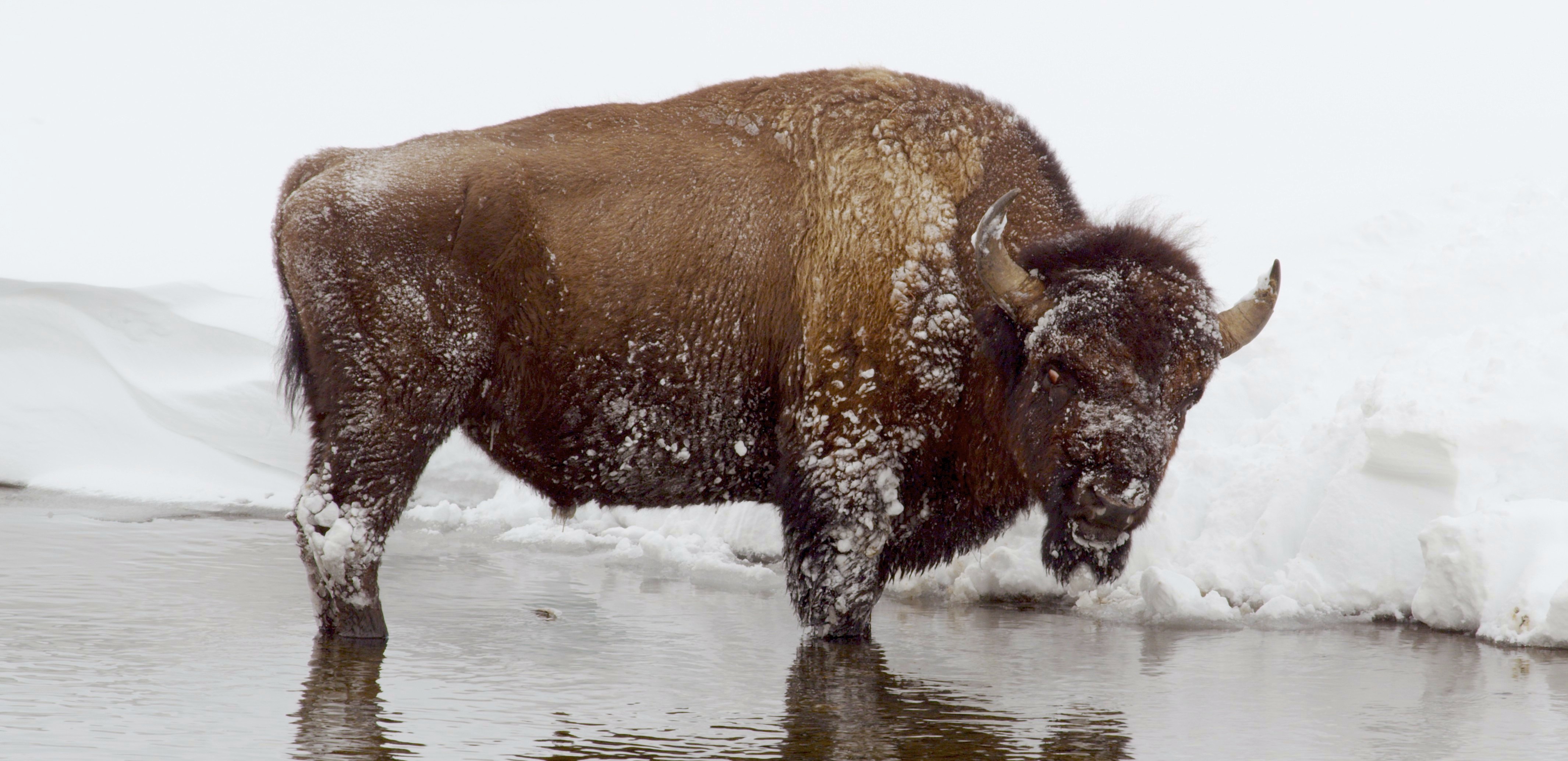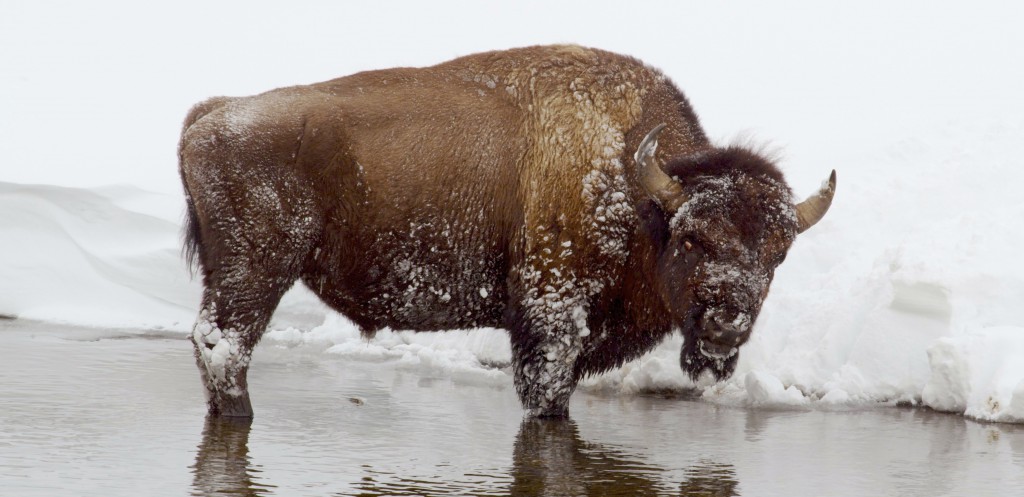The Old Farmer’s Almanac has pages on its websites explaining how to predict the weather using goose bones, pig spleens, and woolly caterpillars. It says these are just articles about old folklore, but also refuses to reveal the method it uses to make long-term weather predictions. So forgive me for being skeptical. Despite claiming an 80% accuracy rate, comparisons between last year’s predictions and actual weather patterns shows an accuracy rate a lot closer to 50%. For example, the OFA called for mild, dry weather around the Great Lakes, and instead got the polar vortex. But…
But, the OFA did get Montana right. Sure, it got almost all of the west dead wrong. But it got bits of Montana, Idaho, and Wyoming right. The OFA called for a dry winter and a blizzard-y early March, which is exactly what happened. January and February were sweatshirt weather, and March shut down the state with an epic blizzard. So, as much as I know that the OFA long-term predictions are highly inaccurate and drive actual meteorologists mad, a part of me wants to explicitly trust everything it says. After all, it is called the Old Farmer’s Almanac and no one is more obsessed with weather than old farmers. On the other hand, the OFA claims to predict the weather using a secret formula from 1792 which is kept in a black metal box. I’m no scientist, but I do remember learning about the scientific method, and that isn’t it.
Anyway, the OFA calls for a cold and snowy end of December, cold January, and more cold and snow in mid-February and early-March. This seems wonderfully vague, and I realized that two can play at that game. So I have developed my own predictions using a top-secret formula. This winter we can expect mostly cold weather, with some warmer periods. There will be dry times and times of snow. Specifically, the times of snow will come right when you are travelling. Nastiness of the weather will increase based on the length of your trip and how late you are running. But there will also be plenty of beautiful days that will make you fall in love with Montana all over again. So there you have it. I am pitting my prediction against the Old Farmer’s Almanac, we’ll see who proves the better forecaster.
Oh, and by the way, while I was writing this post, I discovered that there are two different publications: the Old Farmers Almanac and the Farmer’s Almanac. They both offer long-term weather predictions, and are both usually about 50% accurate but in this post I only use the predictions from the Old Farmer’s Almanac.



